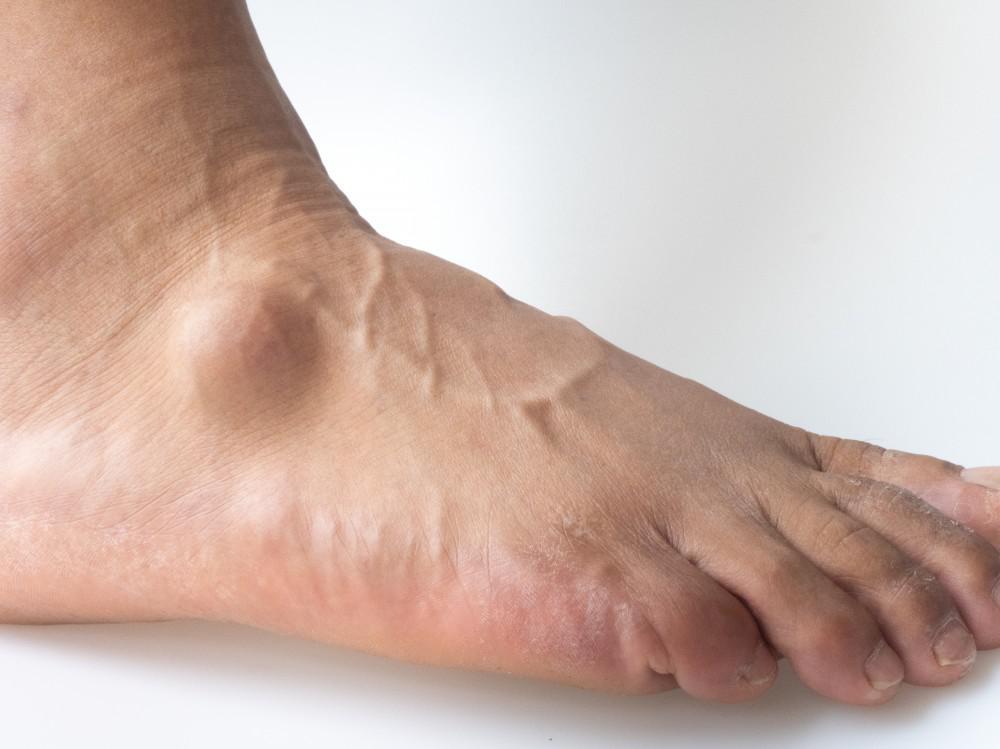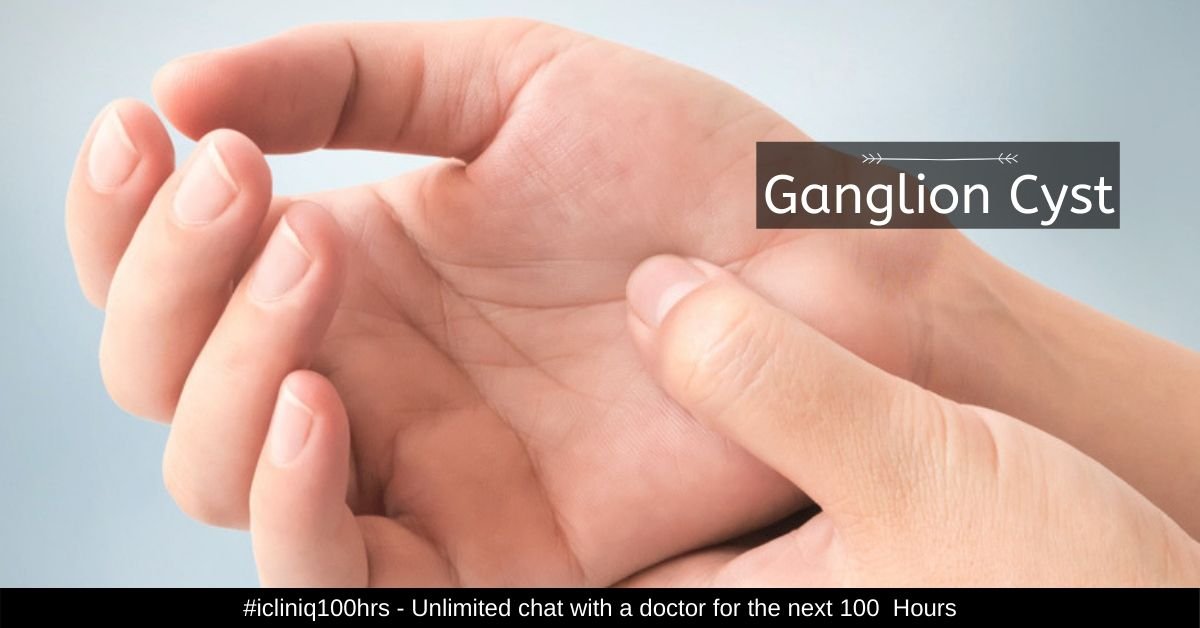
If you suffer from pain or pins and needles, you may be suffering from a Ganglion Cyst caus
ed by an underlying disease. In the majority of cases, a ganglion will shrink on its own without any medical intervention. If the pain is more severe, or if the cyst is compressive, you should see a doctor. Your doctor will recommend a surgery called excision to remove the ganglion cyst and joint capsule. This procedure will be done under general anaesthesia and will most likely involve a minor operation called arthroscopy. In most cases, surgery will be required. You will stay in the hospital overnight and go home the same day of surgery.
Because ganglion cysts are caused by an underlying disorder, your doctor will have to rule out other causes of your symptoms. Sometimes, a ganglion cyst can be an indication of a more serious illness, such as a kidney stone or an infection. If you are unsure of what is causing your symptoms, your doctor will evaluate your condition and recommend treatment. During your visit, the doctor will discuss your medical history and ask about your symptoms. He will then examine the area to determine its location and feel for tenderness. In some cases, your doctor will prescribe a wrist brace or a steroid injection to treat the lump.
Treatment options for ganglion cysts can vary. You may opt to wear soft shoes or padding to reduce the size of the cyst. This will reduce the pressure on nearby nerves. However, long-term immobilization may weaken the muscles around the joint. Another treatment option is to perform an aspiration, which involves removing the fluid from the cyst. This type of surgery is usually reserved for small cases.
If the pain from a ganglion cyst becomes too severe, you may opt for surgery. This method can help reduce the size of the cyst. But, it can also damage nearby nerves, blood vessels, and tendons. Surgical removal of a ganglion cyst does not guarantee complete relief from pain, and there is a risk of a recurrence. Aside from surgery, there are several methods to treat your ganglion cyst.

The most common treatment for a ganglion cyst is immobilization. This technique helps reduce the size of the cyst while relieving pressure on the nerves. However, it can also weaken the muscles around the affected area. In order to treat the cyst, your doctor will likely perform several procedures, including: [vi] Aspiration. After the surgery, you will have to take care of a temporary ganglion cyst.
A ganglion cyst is a common injury that causes pain. It is a common condition that affects many people. The most common treatment for ganglion cysts is nonsurgical, but surgical removal of ganglion cysts requires a surgical procedure. After this, your pain and swelling will be lessened, but your doctor will need to remove the cyst completely. It may take several weeks for the cyst to shrink.
A ganglion cyst will cause a small bump under the skin that will grow over time. When you use a particular joint, a ganglion cyst will grow. The cyst may cause inflammation, muscle pain, and a tingling sensation. Your doctor may recommend soft shoes or padding for the affected area. A traditional treatment for a ganglion-caused ganglion cyst is to hit the cyst with a heavy object.
Treatment for a ganglion cyst depends on its location. The cyst may be caused by an infection. In most cases, it isn’t serious, but if it is, it will need to be treated as soon as possible. If the symptoms are confined to a specific joint, you may need to visit a doctor to get the proper diagnosis. You can try a variety of methods to reduce the size of the cyst.
If you are experiencing a ganglion cyst, your doctor will perform a physical examination to confirm that it is a cyst. The doctor will check the cyst to see if it is firm and feels sensitive to pressure. A ganglion cyst may also contain a lot of fluid and require medical attention. This condition can also lead to other medical problems. If you are experiencing any symptoms of a ganglion cyst, it is important to seek medical attention to rule out any underlying causes.
